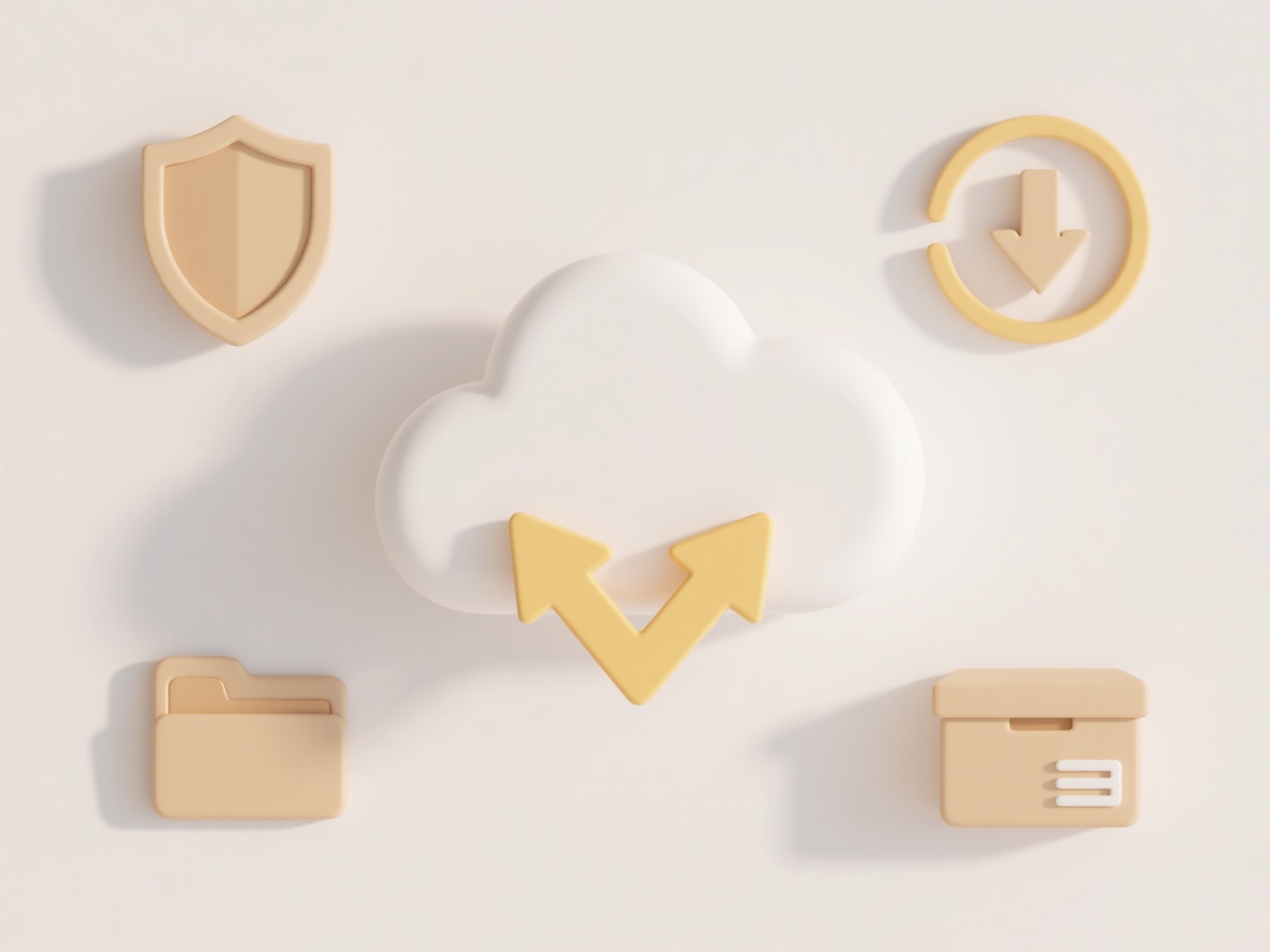
Mobile auto-sync automatically transfers data like photos, contacts, or files between your phone and cloud services (e.g., Google Drive, iCloud, Dropbox) or between different accounts. Duplicates can occur when similar or identical items sync from multiple sources or locations simultaneously. For instance, having photos set to backup to both Google Photos and iCloud could result in two copies appearing, or syncing contacts from both a work and personal account might create repeated entries if the accounts manage overlapping contacts.

A common example is photo duplication: enabling sync for "Camera Roll" folders in both Google Photos and Apple iCloud Photos often leads to the same image appearing twice in your gallery app if both platforms are accessing the local folder. Similarly, syncing calendar events or contacts across multiple sources—like a personal Google Account and a Microsoft Exchange work account—can cause redundant entries if the sync services don't properly detect overlaps or conflicts.
Preventing duplicates involves configuring sync settings: identify redundant syncs and disable auto-upload from conflicting sources (e.g., choose either Google Photos or iCloud for camera uploads, not both). Use your device's account settings to control which data sources sync automatically. Cloud platforms like Google Contacts or Outlook.com often have built-in duplicate detection and merging tools; proactively managing these or using dedicated deduplication apps can help clean existing messes. While convenient, auto-sync requires careful setup to avoid clutter, potentially demanding manual oversight to ensure data consistency across services.
How do I prevent mobile auto-sync from creating duplicates?
Mobile auto-sync automatically transfers data like photos, contacts, or files between your phone and cloud services (e.g., Google Drive, iCloud, Dropbox) or between different accounts. Duplicates can occur when similar or identical items sync from multiple sources or locations simultaneously. For instance, having photos set to backup to both Google Photos and iCloud could result in two copies appearing, or syncing contacts from both a work and personal account might create repeated entries if the accounts manage overlapping contacts.

A common example is photo duplication: enabling sync for "Camera Roll" folders in both Google Photos and Apple iCloud Photos often leads to the same image appearing twice in your gallery app if both platforms are accessing the local folder. Similarly, syncing calendar events or contacts across multiple sources—like a personal Google Account and a Microsoft Exchange work account—can cause redundant entries if the sync services don't properly detect overlaps or conflicts.
Preventing duplicates involves configuring sync settings: identify redundant syncs and disable auto-upload from conflicting sources (e.g., choose either Google Photos or iCloud for camera uploads, not both). Use your device's account settings to control which data sources sync automatically. Cloud platforms like Google Contacts or Outlook.com often have built-in duplicate detection and merging tools; proactively managing these or using dedicated deduplication apps can help clean existing messes. While convenient, auto-sync requires careful setup to avoid clutter, potentially demanding manual oversight to ensure data consistency across services.
Quick Article Links
Why does my file require a plugin or add-on to open?
Some file formats are not natively readable by your operating system's basic software due to specialized encoding, secur...
Where do files save by default on Linux?
Files in Linux follow the Filesystem Hierarchy Standard (FHS), a convention dictating where programs save data by defaul...
What are some tips for organizing work documents?
Organizing work documents involves creating systematic structures to store, categorize, and retrieve digital and physica...